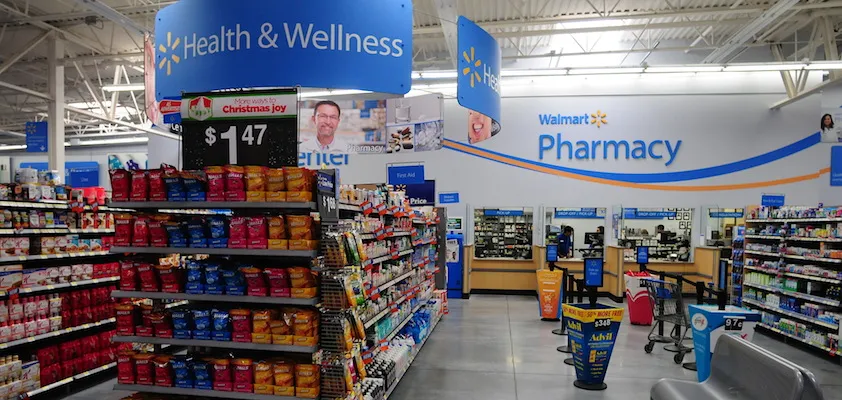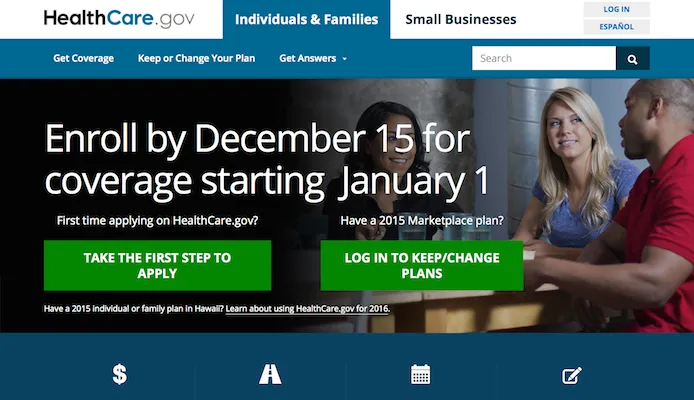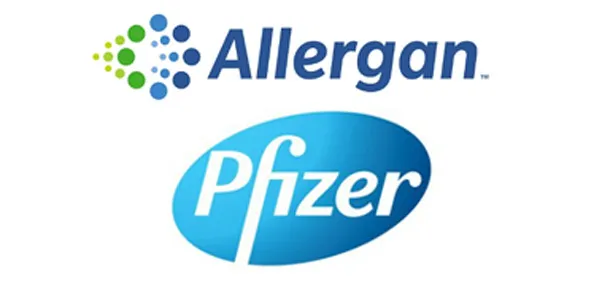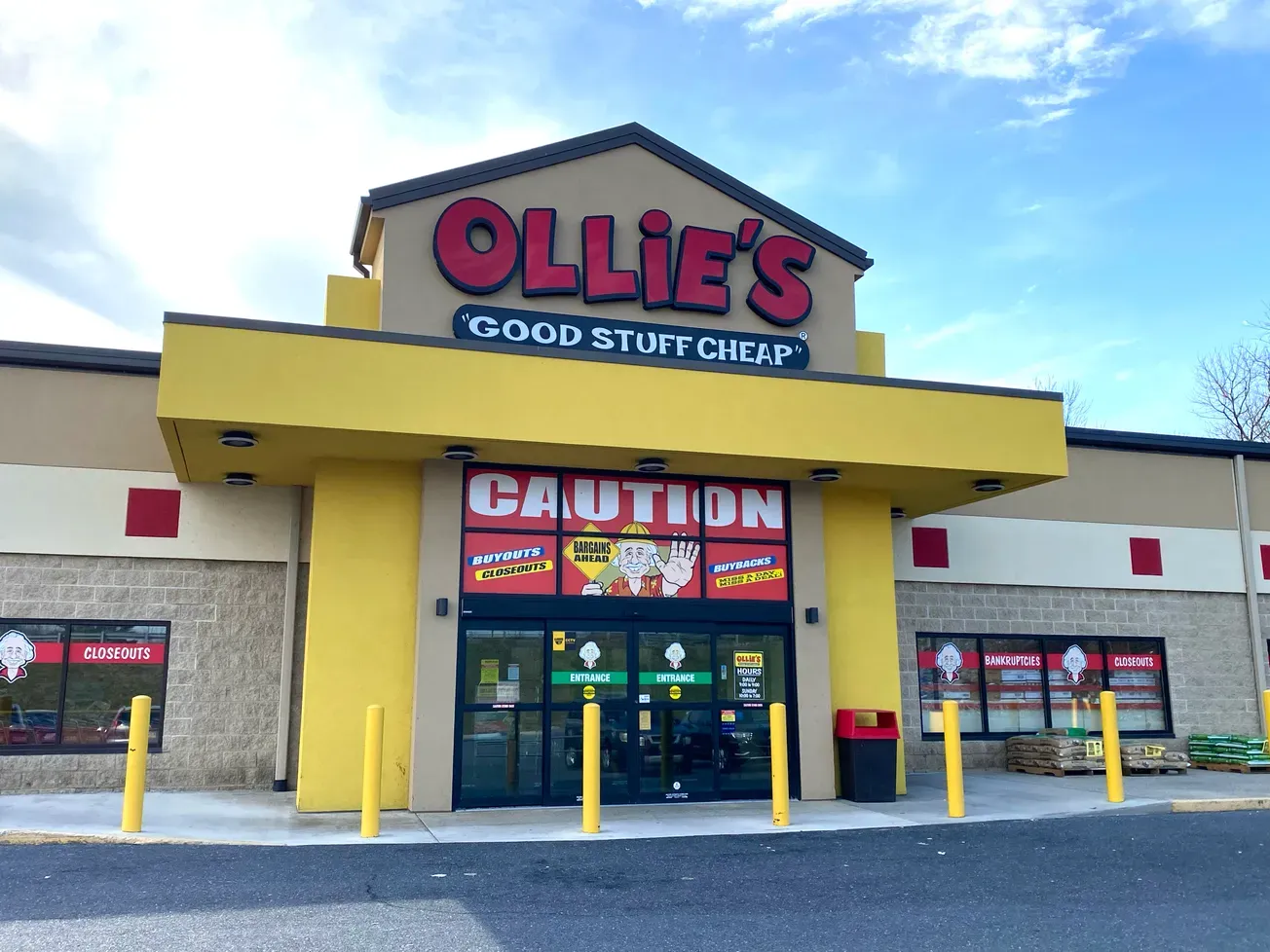Despite all of the talk of big data and predictive analytics, and the maturity of customer loyalty programs, many food, drug and mass retailers continue to rely primarily on category managers to make critical merchandising decisions.
Randy Burt, A.T. Kearney
Part of the difficulty may be the age-old challenge of an abundance of data but a dearth of insight. Part of the problem may stem from an inability to integrate data that resides across multiple systems and across multiple organizations. Part of the problem may stem from the high turnover and limited focus on capability development in many merchandising organizations. These root causes — the lack of robust tools and proven processes compounded by limited experience — prevent retailers from maximizing category growth and margins.
Traditional approaches to category management often rely too heavily on “art” and not on “science,” when a balance of the two can drive category growth and gross margin dollars to the next level. There is a solution — one that retailers can enable without huge, multiyear investments in large ERP (enterprise resource planning) or other “pay now, benefit later” IT programs.
Retailers can drive material improvements in both top line and gross margin by focusing on three areas: comprehensive performance reporting and predictive analytics; integration of merchandising processes, including collaboration with suppliers; and development of category managers.
Integrating data across traditionally disparate historical data sets from internal systems, syndicated data providers and suppliers allows retailers to understand holistic category performance and break down its drivers to determine, for example, what was attractive to customers, assortment productivity, what promotions worked well and what promotions were profitable. Critically, such integration, combined with reporting and visualization, allows category managers to quickly draw linkages between and across decisions — and the resulting outcomes.
This sets the stage for forward-looking predictive analytics that unlock novel insights on assortment and promotional combinations that balance shopper needs with profitable top-line growth. These analytic tools enable optimization of category and brand strategies, pricing and promotion, space allocation, and — perhaps most important — transparent, collaborative planning with suppliers.
Trade funds, which often represent 15% to 25% of supplier list costs, can be allocated to the most mutually beneficial opportunities. Annual events are evaluated on their merits and reinvented, repurposed or eliminated based on an understanding of the optimal allocation of promotional dollars across a portfolio of opportunities.
Assortment decisions take into account how a product is expected to be promoted throughout a planning cycle, helping to identify items to trim and increasing the success rate of new products by separating true innovation from line extensions of questionable incremental value to shoppers.
When retailers own the analytics, they are able to lead the collaboration process — and bring new transparency to it. Based on a retailer’s priorities (e.g., top-line category growth, gross margin targets, customer satisfaction), suppliers provide volume targets, assortment goals (including new product placements) and promotional offers. Predictive optimization analytics maximizes category outcomes and enables transparent, fact-based dialogue. Single-event, price-driven promotional activity discussions (e.g., a Fourth of July hotdog sale) transform into discussions spanning an entire planning cycle (e.g., season-long outdoor entertaining).
The result is many more options in terms of pricing and promotional investments and decisions that align all category decisions — including new products, refreshed assortments, pricing and promotion. More options and the ability to model and conduct “what if” analyses in near real time lead to much more powerful results. Suppliers understand exactly where they stand and what actions they can take to change outcomes. Specific, even tactical feedback to suppliers supports two-way, action-oriented discussion.
Engraining predictive analytics into category management takes time and energy. In addition to enabling the technology and process integration discussed above, retailers must invest in building out the analytical capabilities of category managers.
Successful capability development requires a combination of targeted classroom training with on-the-job experience. Specifically, category managers need to learn to interpret new analytics, connect merchandising processes and engage differently with suppliers.
To gain momentum and justify investment, retailers can start with a pilot across a small but representative set of categories. This basket of categories should include a variety of spend and margin profiles, and each category should have at least two major suppliers to ensure competition, learn from multiple suppliers, align on how results can be measured, and build support for further expansion within the organization. Projected results need to be specific and measurable (e.g., top-line growth of 4% with gross margin expansion of 100 basis points while exceeding customer satisfaction targets).
A pilot approach allows the category management team to work out the kinks and demonstrate the power of analytics to multiple stakeholders across the organization. This is critical to justify investments in industrial-strength capabilities to harden the tool kit and process and make it the new “business as usual.”
Relatively small improvements in gross margin, particularly when combined with top-line growth, justify incremental investments to build capability. Once capabilities are enabled and integrated, opportunities for continuous improvement will drive further growth. Rather than hammering suppliers for zero-sum cost reductions, retailers that implement transparent, fact-based collaboration, enabled by the sort of analytics discussed here, create sustainable category management capabilities that drive better outcomes year over year for shoppers, retailers and their best suppliers.
Randy Burt (randy.burt@atkearney.com) is a partner with A.T. Kearney’s Consumer Products and Retail Practice. He is based in Chicago.









